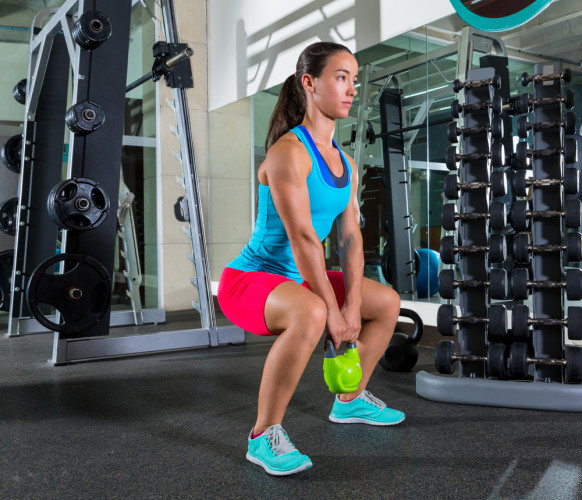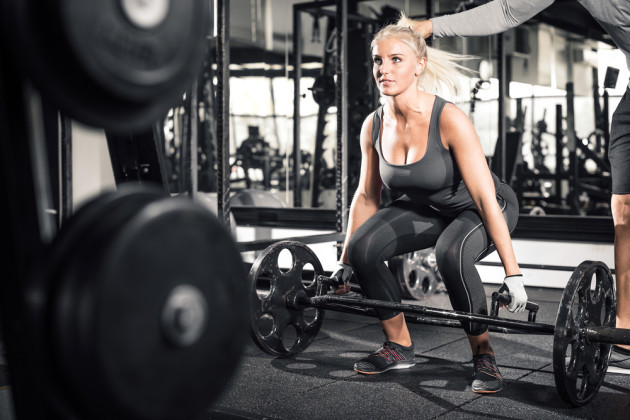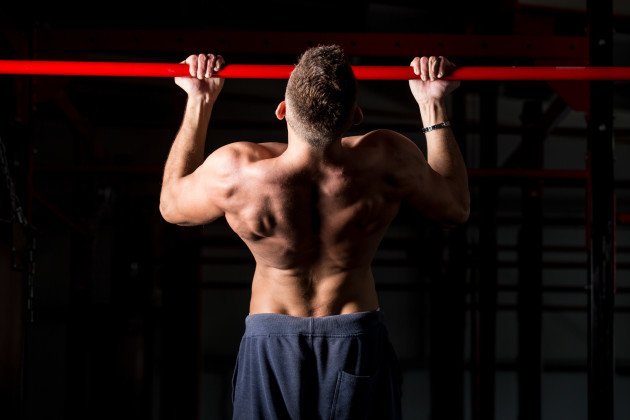“IF YOU THINK lifting weights is dangerous, try being weak. Being weak is dangerous.” Bret Contreras.
Working as a trainer with a background in Physiotherapy, I regularly see clients coming in for assessment that have had to pull back from their regular day-to-day activities, jobs and training due to injuries that may not have had to occur in the first place.
Due to the unpredictable nature of sport (and to some extent, the human body), injuries are never completely unavoidable, but there are ways to reduce the risk of occurrence; and prevention is always better than cure.
I’ve talked before about training smarter, not harder and in my opinion, smart training should prepare your body for the physical demands of life.
A well-balanced strength training programme (alongside solid mobility, stability, balance and endurance work) can help get you on the right path towards enjoying an active life; capable, independent and participating fully in activities you enjoy, without fear of your body failing you.
So, what is the physiological basis of strength training to reduce injury?
Physiological changes occur in the bones, muscles and connective tissues (tendons and ligaments) when dynamic loads are placed on the joints and this occurs during resistance training.
Strength is the foundation of health and functionality, but is easily lost through inactivity and avoidance of difficult activities.
Walking up and down stairs or coming from lying to sitting, or sitting to standing shouldn’t be difficult activities, but for many they provide a constant challenge.
Chasing numbers on lifts or a certain body fat percentage is all well and good, but if you’re constantly struggling with niggling aches and pains or full blown injuries, it might be time to reassess your goals.
Perhaps the overall goal should be to build a body that is healthy, strong, powerful and able to function, with confidence and in everyday life (a strong deadlift is just a bonus).
Below are some of my favourite exercises for building the kind of functional strength and mobility needed to lead an injury-free life.
Hip hinge
Ever done a manual handling course and been told to not lift heavy things using your back? What you actually need is a hip hinge. This movement pattern, such as a deadlift, is really useful for allowing you to harness the power of your glutes and posterior chain during lifting activities. Use kettlebells, barbells, trap bars, cables, bands but just ensure they have a place in your training.
Carries
The ability to carry a weight over a distance is simply a useful life skill. In order to carry heavy bags or loads without a second thought, you’re going to need a stable foundation.
Exercises such as farmer’s walks or waiter’s carries train deep core stability and grip strength, with bottoms up variations having the added bonus of increasing scapular and shoulder stability.
Squat variations
As we age, we generally become less active which usually results in decreased muscle mass and joint stiffness/pain. Squat variations (bodyweight, goblet squats, back squats, front squats, overhead squats) help to maintain mobility in hips, knees and ankles and is a necessary movement for basic functions of daily living (think picking something up off the ground or standing up from a lower surface).
Pressing
Use push ups, overhead presses and single arm work, such as landmine presses, to train the body to lift overhead while increasing strength and stabilisation.
Pulling
You never know, the ability to hang on and support your full bodyweight could come in useful someday. Incorporating exercises like rows, pull ups and chin ups into your regime helps with grip and forearm strength, but most importantly, increases the ability to generate tension through the central stability system.
Rotation/anti- rotation
I’ve talked before about the need to train your core effectively and rotation/ anti-rotation exercises are right up there for tapping into the deeper core’s stabilising capabilities and switching on the muscles required to resist the body’s natural tendency to rotate with a unilateral load. Try exercises like Pallof presses, woodchops, single arm dumbbell rows and chest presses.
While strength training is a great tool to have in your arsenal for injury prevention, getting injured while strength training obviously defeats the purpose.
Good posture and breathing, proper form with lifts, adequate rest and recovery and a thorough and appropriate warm up/mobility regime all need to be considered too.
Staying strong and healthy can be hard work but when it comes to injury risk reduction, don’t underestimate the value of preparing your body to perform functional activities and respond to situations that require extra effort.
Sarah Cremen is a personal trainer and physiotherapist based in David Lloyd Riverview in Dublin. For more health and fitness advice and tips, you can follow her on Facebook, Instagram or Twitter. Alternatively you can visit her website.
The42 is on Instagram! Tap the button below on your phone to follow us!




